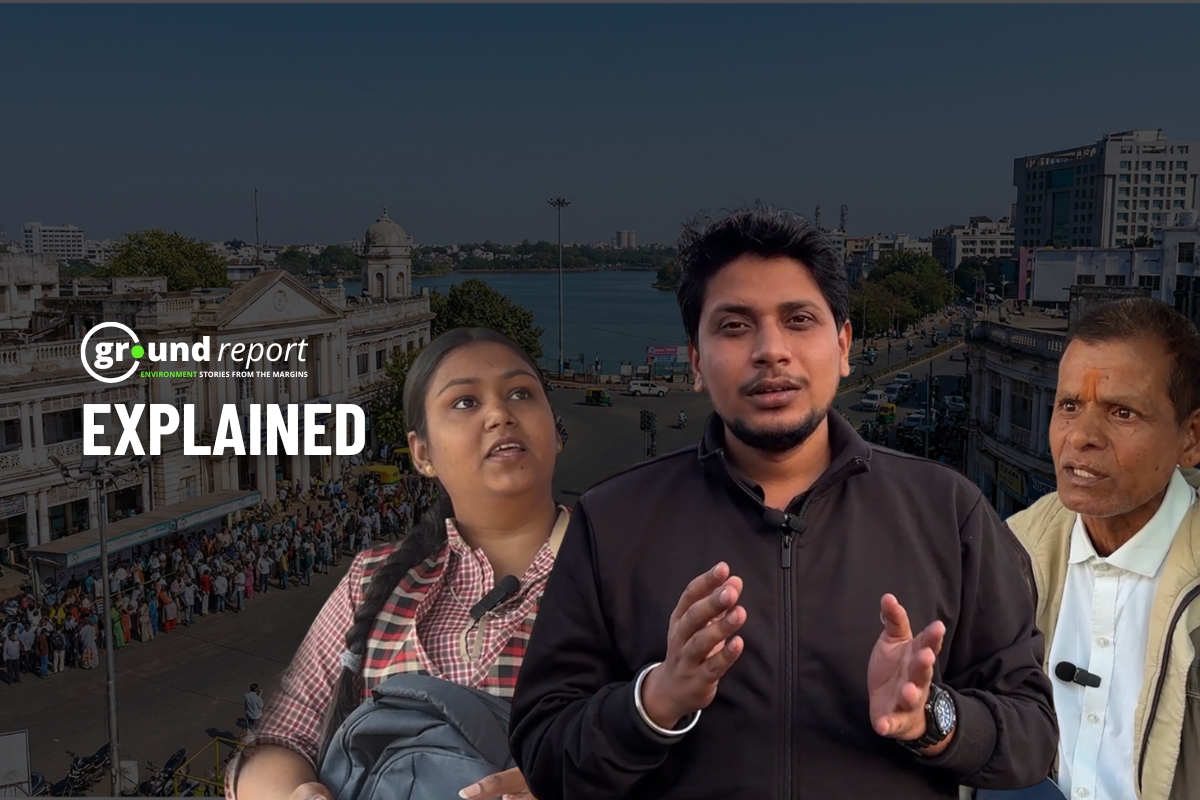Gulwan Valley, Aksai Chen, Kalapani, LOC and LAC! These are the words that are often used in connection with India-China, India-Nepal, or India-Pakistan border disputes. India’s ongoing border dispute with Nepal over Lipolikh and Kalapani has not abated in recent weeks, with violent clashes between the two countries’ troops on the border with China.
The place where the clash took place is also known as the Line of Actual Control or LAC between India and China.So India’s international border, the Line of Control (LOC) and the LAC are all three?
ALSO READ: India-China border tensions escalate as 50,000 Chinese troops are spotted near Ladakh
Border of india (LOC and LAC)
The total length of India’s land border is 15,106 km, which covers a total of seven countries. There is also a 7,166 km long maritime border.
According to the Indian government, the seven countries are Bangladesh (4,096.7 km), China (3,488 km), Pakistan (3,323 km), Nepal (1,751 km), Myanmar (1,643 km), Bhutan (699 km) and Afghanistan (106 km). )۔
ALSO READ: Why reservation is still necessary to uplift the depressed classes?
India-China LAC
First of all, the border between India and China is 3,488 km long. The border passes through Jammu and Kashmir, Himachal Pradesh, Uttarakhand, Sikkim and Arunachal Pradesh.
It is divided into three sectors
The western sector ie Jammu and Kashmir, the middle or middle sector ie Himachal Pradesh and Uttarakhand and the eastern sector ie Sikkim and Arun Anchal Pradesh.
However, the border between the two countries has not yet been fully demarcated. Because there is a dispute between the two about many areas. India claims Aksai Chin in the western sector, which is currently under Chinese control. During the war with India in 1962, China occupied the entire region.
In the eastern sector, China claims Arunachal Pradesh. China says it is part of southern Tibet. China also does not recognize the McMahon line between Tibet and Arunachal Pradesh. He also rejects India’s claim on Aksai Chin.
About the Indo-China dispute (LAC)
Because of these conflicts, the borders between the two countries have never been demarcated. So, keeping in view the ground realities, this border came to be known as the Line of Actual Control (LAC).
There are many glaciers, snow deserts, mountains and rivers in this LAC area. There are many areas around it from where there are frequent reports of tensions between Indian and Chinese troops.
India, Pakistan Line of Control (LOC)
Seven decades have passed but Jammu and Kashmir is still the main cause of tension between India and Pakistan. The area is currently divided by a Line of Control (LOC) , one side of which is with India and the other by Pakistan. The first war between India and Pakistan over Jammu and Kashmir took place in 1947-48, after which a ceasefire agreement was reached under the auspices of the United Nations. After the 1971 war, the Shimla Agreement was signed, under which the ceasefire line was renamed the Line of Control. The LoC between India and Pakistan is 740 km long.
It passes through mountains and uninhabitable areas. In some places it divides the same village into two parts and in other places the mountains. The distance between the Indian and Pakistani troops stationed there is only 100 meters in some places and five kilometers in others.
The Line of Control between the two countries has been a source of contention for the past 50 years.
In addition, India and Pakistan share an international border with Rajasthan, Gujarat, Jammu and Punjab.
Siachen Glacier: Actual ground position line
The situation of India-Pakistan in the Siachen Glacier region is determined by the ‘Actual Ground Position Line’. The 126.2 km ‘Actual Ground Position Line’ is guarded by the Indian Army.
The Siachen Glacier has been experiencing the worst tensions since the 1980s.
At the time of the Shimla Accord, neither India nor Pakistan had insisted on demarcating glacier borders. Some analysts believe that this was because the two countries did not see the need to take control of this terrible region.
India-Bhutan border
India’s international border with Bhutan is 699 km long. The Armed Border Force protects it. The states of Sikkim, Arunachal Pradesh and West Bengal share borders with Bhutan.
India-Nepal border
Uttarakhand, Uttar Pradesh, Bihar, West Bengal and Sikkim share borders with Nepal. The Armed Border Force is also responsible for guarding the Indo-Nepal international border.
The border between the two countries is mostly open and there are many ups and downs. However, the number of security forces deployed on the border has now increased. The problem is that the borders between the two countries have not been fully defined.
Inmar border in India
India has a 1643 km long international border with Myanmar. It has not demarcated the 171 km long border. The name Rifles is responsible for guarding the Myanmar border.
India-Bangladesh border
4096.7 Long India, Bangladesh border consists of mountains, plains, forests and rivers. These are densely populated areas and are guarded by the Border Security Force (BSF).
You can connect with Ground Report on Facebook, Twitter and Whatsapp, and mail us at GReport2018@gmail.com to send us your suggestions and writeups








